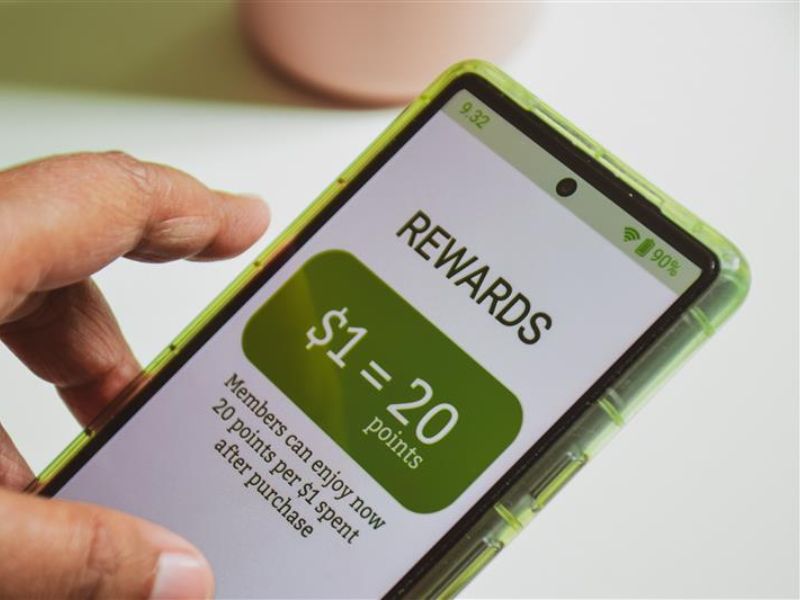
Driving QSR Foot Traffic Through Digital Campaigns
Our resourcefulness and innovation enabled Brandience to deliver powerful results supported by data.
Danyelle Horrillo, VP Digital & Programmatic Media
Demonstrating the impact of digital media becomes far more complex when working with a constrained corporate tech stack. But we didn’t let that stop us. Our resourcefulness and innovation enabled Brandience to deliver powerful results supported by data.
Danyelle Horrillo, VP Digital & Programmatic Media

In the dynamic world of Quick Service Restaurants (QSR), it's never a one-size-fits-all situation. Every market has its own competitive landscape, customer behaviors, and brand recognition levels. Operating across diverse markets, this QSR chain faced varying levels of brand penetration and adoption. Some markets were performing well, while others needed a significant boost in brand awareness.
The mission was clear: drive foot traffic into their brick-and-mortar locations through a robust marketing campaign. A blanket marketing approach wouldn’t cut it. Each market needed a tailored strategy to effectively drive foot traffic.
However, an inconsistent tech stack posed an additional challenge: how to attribute direct results of ad exposure without consistent data? We couldn't answer our client's ROI question without finding a new approach for them.
So, we provided a solution to both challenges. We crafted a digital ad campaign with compelling calls-to-action (CTA) coupled with a measurement tool to directly link store visitation to online digital ad exposure.
“Demonstrating the impact of digital media becomes far more complex when working with a constrained corporate tech stack. But we didn’t let that stop us. Our resourcefulness and innovation enabled Brandience to deliver powerful results supported by data,” Danyelle Horrillo, VP Digital & Programmatic Media.
The Campaign
The campaign included digital display, online video, connected TV, and digital audio. Consumers who were served an ad and visited the restaurant were measured and classified into two groups: those who would have likely visited anyway, and those who were influenced solely by the digital ad.
The Results
The campaign delivered impressive outcomes:
- 53% of customers visited a restaurant within two days of seeing the ad.
- 23% visited on the same day.
- 650,000 incremental visits directly attributed to the digital campaign’s influence and exposure.
- $8.5 million in additional sales.
- 31.2% uplift, far surpassing the QSR benchmark of 5%.

Capturing valuable data created a strong blueprint for future brand initiatives:
- Enhance Campaign Strategies: Leverage in-store measurement results to refine and enhance future campaign tactics.
- Precise Budget Allocation: Use insights from in-store data to create more accurate and effective budget breakdowns.
- Optimize Creative Approaches: Determine the most impactful creative executions based on in-store performance metrics.
- Laser-Focused Targeting: Identify and target the most qualified audience segments using in-store visitation insights.
“A limited corporate tech stack is no match for ingenuity, resourcefulness, and creativity. We are always raising the bar for our clients!”
Common Questions
A balanced funnel approach: traditional for awareness, digital for conversion. Start broad, then retarget with precision.
Use hybrid tactics: QR codes, unique URLs, promo codes, and cross-market testing. Combine these with digital analytics to attribute traffic and conversions accurately.
Yes. According to Nielsen and PewResearch.org, TV and radio remain top channels for brand trust and mass reach, especially when integrated with digital media for measurable ROI.
Ignoring context; using the same creative across every channel instead of optimizing for audience attention and dwell time.
Through objective and tactical alignment upfront. Then, we tailor visuals, copy, and pacing for each medium’s audience.
Consistency strengthens recognition and trust. Repetition of core brand elements helps audiences connect emotionally and cognitively faster.
It means creating marketing assets intentionally for their environment like digital, print, outdoor, or in-store so they resonate in the exact moment and mindset of the audience.
To stand out to consumers during the holiday season, focus on relevance, value, and seamless experiences. Use AI and personalization to reengage shoppers who showed intent but didn’t convert.
Absolutely. According to EMARKETER, mobile now drives over 50% (56.5%) of ecommerce sales and influences in-store decisions.
NRF projects inflation (PCE) will hover around 2.5% this year. While that, along with tariffs, is weighing on consumer sentiment, household finances remain stable. Retailers should expect cautious but steady spending with stronger growth in ecommerce than brick-and-mortar.
Yes, but don’t rely on it. Spread promotions throughout October and November to catch early shoppers.









.jpg)
